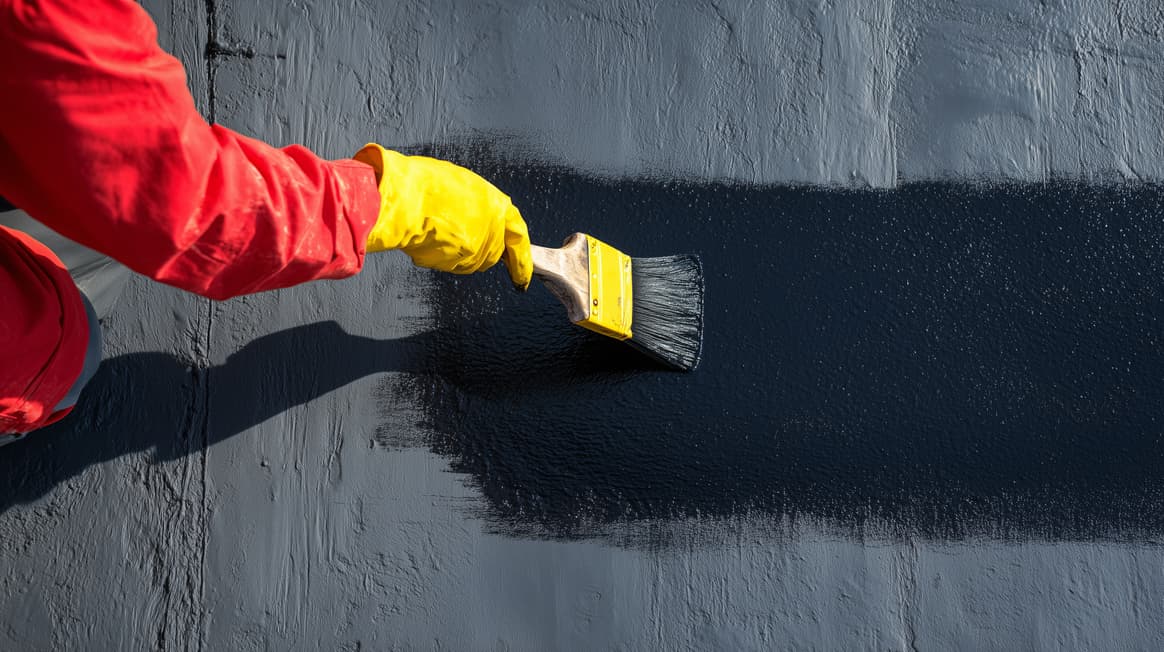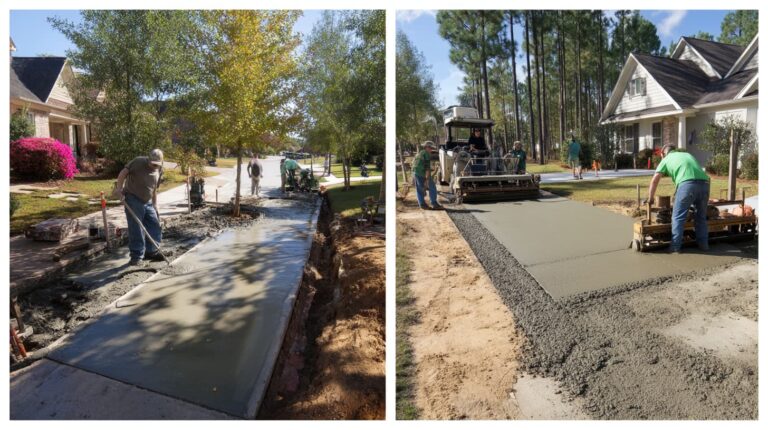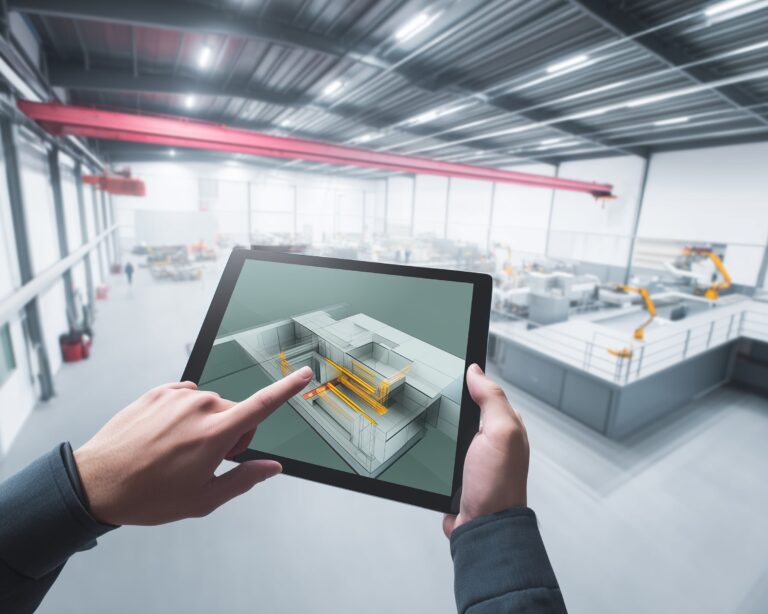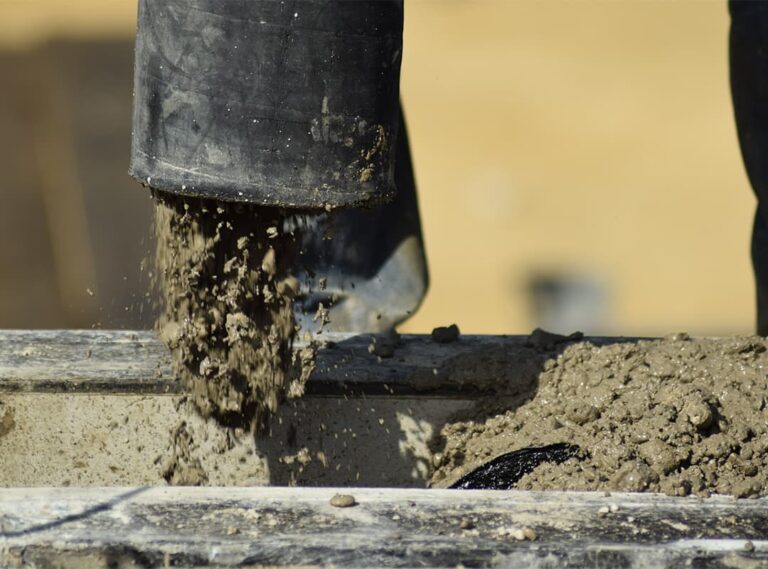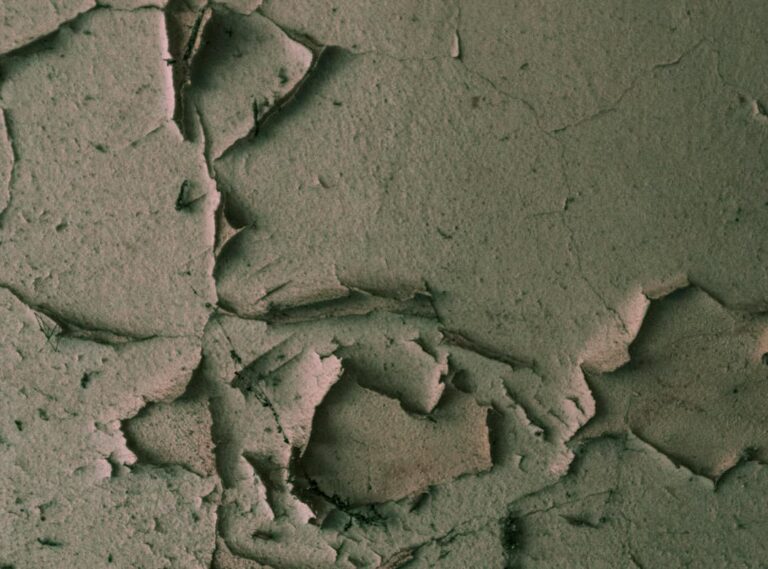The integrity and service life of concrete structures are directly affected by their ability to resist water penetration. While concrete is prized for its compressive strength and durability, its intrinsic capillarity and tendency to develop microcracks render it vulnerable to moisture ingress. Without adequate waterproofing measures, reinforced concrete elements are at risk of accelerated corrosion, chemical attack, and freeze-thaw degradation, which can compromise both functionality and safety. Modern engineering offers a wide array of waterproofing solutions, each with distinctive mechanisms and fields of application.
Fundamental Challenges in Concrete Waterproofing
Waterproofing concrete requires a holistic approach that takes into account the material’s microstructure, exposure conditions, anticipated loading, and operational environment. Porosity, connectivity of capillaries, cold joints, and thermal cycling can all facilitate water migration through concrete matrices. Especially in subgrade and water-retaining structures—such as basements, tunnels, podium slabs, water reservoirs, and sewage treatment plants—the demand for robust, long-term waterproofing is critical.
Integral Crystalline Waterproofing (ICW) Technology
One of the most advanced solutions in recent decades is the implementation of integral crystalline waterproofing (ICW) systems. These admixtures are incorporated into the concrete during batching. Once the structure is subjected to moisture, proprietary chemical compounds within the ICW react with calcium hydroxide and other by-products of cement hydration, catalyzing the growth of insoluble crystals within the capillary pores and microcracks. This ongoing process effectively seals potential water pathways at a microscopic level.
ICW provides several advantages:
- It delivers self-healing capabilities for hairline cracks that may develop post-construction.
- Its efficacy is not dependent on surface integrity, thereby offering intrinsic, long-lasting protection throughout the concrete mass.
- It is especially suitable for blind-side waterproofing, where external membrane application is not feasible.
Membrane Waterproofing: Sheet and Liquid-Applied Systems
Membrane-based waterproofing continues to be a mainstay for horizontal and vertical elements exposed to hydrostatic pressure or environmental moisture.
Sheet membranes are manufactured as rolls (bituminous, PVC, TPO, EPDM) and are installed using adhesive bonding, heat welding, or mechanical fastening. These membranes deliver uniform thickness and are particularly effective in environments prone to physical abrasion or where precise lap joint integrity can be ensured. Typical applications include foundations, retaining walls, green roofs, and bridge decks.
Liquid-applied membranes (LAMs) are composed of modified bitumens, polyurethanes, polyureas, or advanced acrylics. Applied by spray, roller, or brush, LAMs cure into seamless, monolithic barriers that conform to complex geometries and penetrations. Their high elasticity accommodates substrate movement and thermal cycling, minimizing risk of delamination or cracking.
Cementitious Waterproofing Compounds
Cementitious waterproofing materials are based on hydraulic binders, polymer modifiers, and waterproofing agents, which are mixed and applied to prepared concrete substrates as slurry coatings or trowel-applied mortars. These systems achieve excellent adhesion to both damp and dry concrete, rendering them ideal for water tanks, elevator pits, tunnels, and below-grade slabs.
Modern two-component cementitious coatings offer improved crack-bridging ability, resistance to positive and negative water pressure, and compatibility with subsequent surface finishes. Selection of polymer-modified formulations is essential in applications requiring flexural performance or exposure to moderate substrate movement.
Penetrating Sealers and Hydrophobic Impregnants
Hydrophobic impregnations—typically based on silanes, siloxanes, or fluoropolymers—are applied to concrete surfaces to impart water-repellent properties without obstructing vapor diffusion. These low-viscosity liquids penetrate deeply into the pore network, forming covalent bonds with the silicate matrix and reducing capillary absorption.
Key benefits include:
- Maintenance of concrete’s natural appearance (clear finish, no film formation)
- Resistance to freeze-thaw cycling and chloride ingress
- Prolongation of service life for façades, bridge parapets, parking decks, and architectural concrete elements
Joint Waterproofing and Crack Injection Technologies
Structural joints and cracks are the most common vectors for water intrusion. Comprehensive waterproofing strategies must incorporate robust solutions for construction joints, movement joints, penetrations, and shrinkage cracks.
Pre-formed waterstops (PVC, rubber, bentonite) are embedded within joints to provide continuous barriers against water flow. For dynamic joints, elastomeric sealants (polyurethane, polysulfide, hybrid silicones) are specified for their ability to accommodate repeated expansion and contraction.
In instances of active leakage or post-construction crack formation, injection grouting with polyurethane or epoxy resins is employed. Hydrophilic polyurethane foams are particularly effective in sealing wet, moving cracks, as they expand upon contact with water to fill voids and restore watertightness.
Hybrid and Multifunctional Systems
Recent developments in waterproofing focus on integrating several protective mechanisms into single systems. Examples include:
- Spray-applied polymer-modified bitumen reinforced with geotextiles for critical roofing and below-grade environments
- Smart coatings incorporating nano-additives to improve chemical and abrasion resistance
- Self-adhesive sheet membranes with integrated primers for rapid application and minimal surface preparation
Quality Control and Best Practices
The success of any waterproofing intervention depends on rigorous quality control during substrate preparation, material selection, and installation. Surface laitance, contamination, or residual moisture can critically undermine adhesion and efficacy. Site-specific details such as upturns, penetrations, terminations, and edge detailing must be addressed with precision to prevent discontinuities in the waterproofing layer.
Periodic inspection, testing (e.g., flood testing, adhesion tests), and ongoing maintenance are also integral to ensuring long-term performance.
Conclusion
The landscape of concrete waterproofing has evolved considerably, moving from purely surface-applied methods to integrated, high-performance systems capable of addressing diverse project requirements. The selection of appropriate waterproofing technology should be driven by structural design, exposure class, intended service life, and maintenance considerations. When properly engineered and executed, modern waterproofing methods deliver substantial reductions in lifecycle costs, environmental impacts, and unplanned repairs—safeguarding concrete structures for generations to come.
